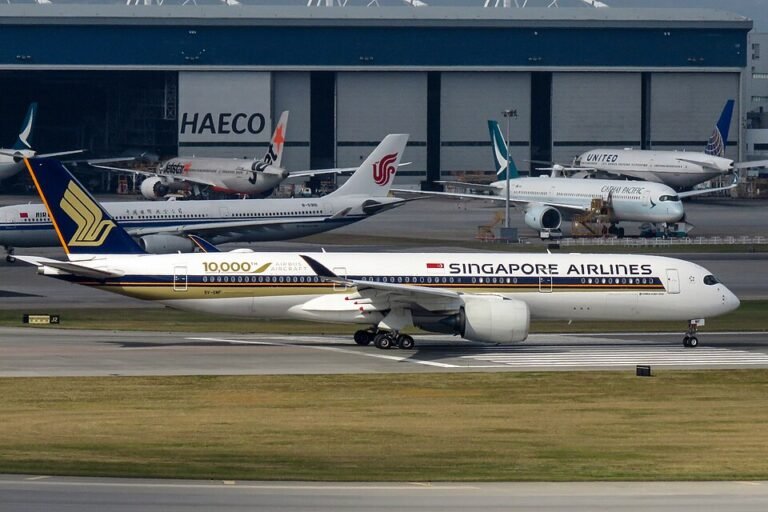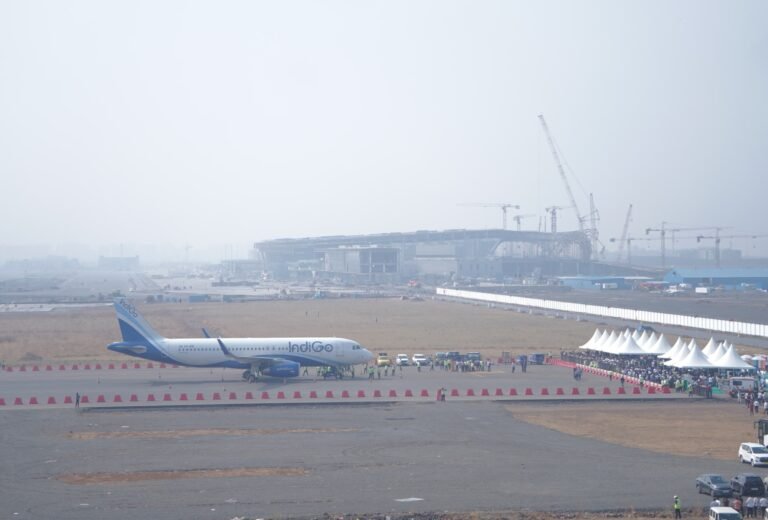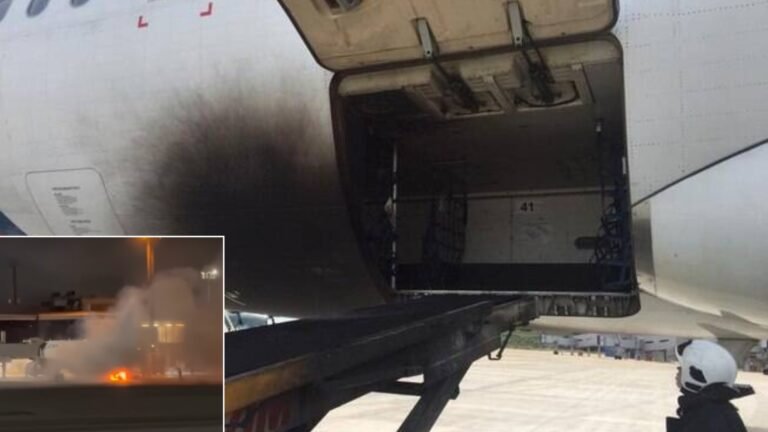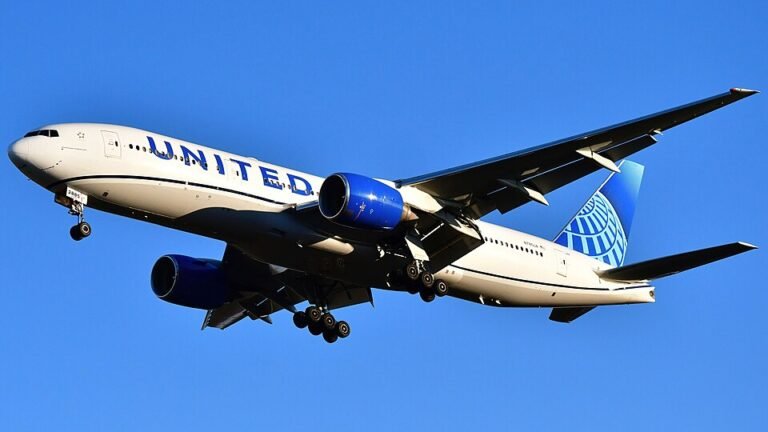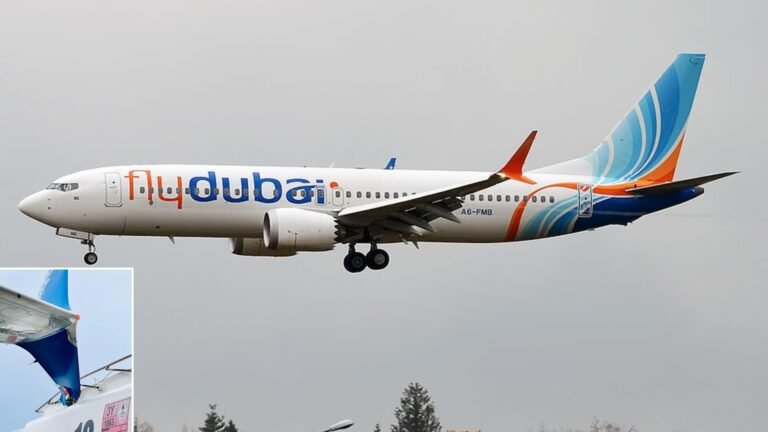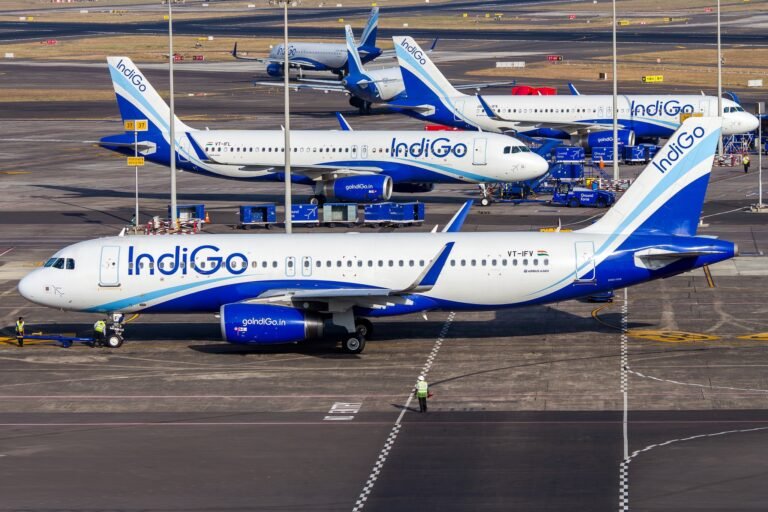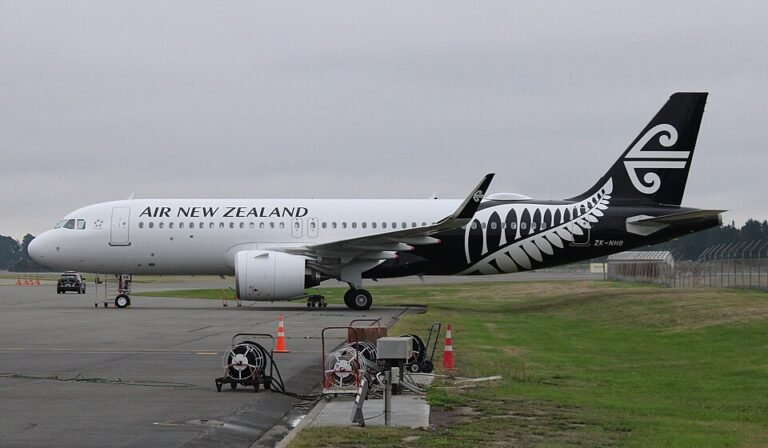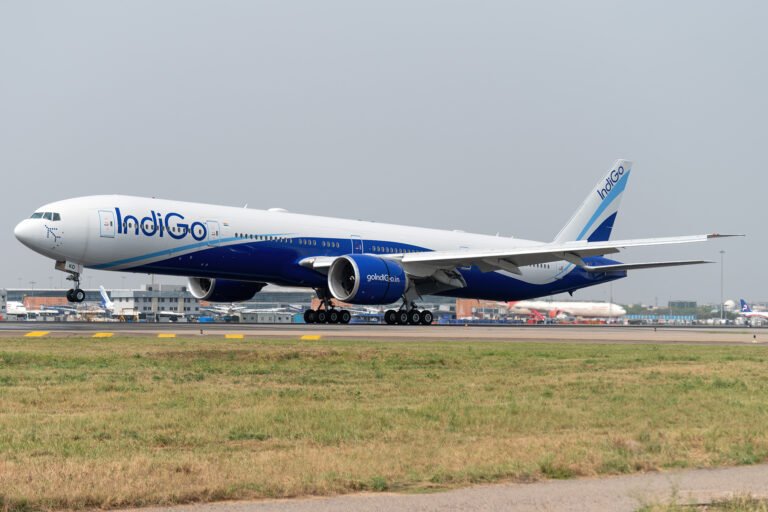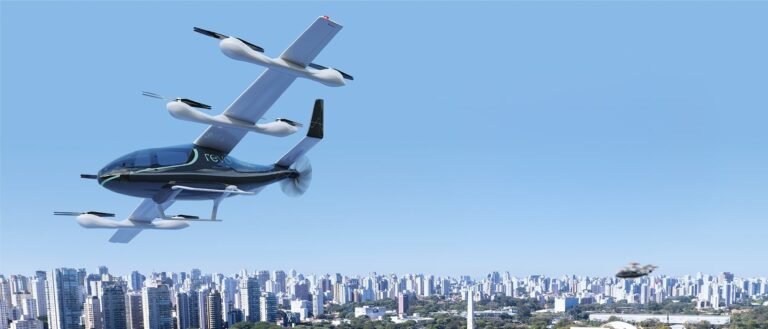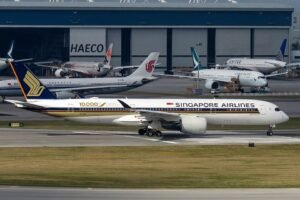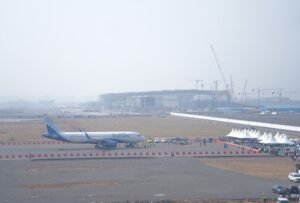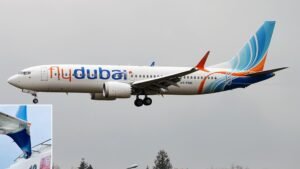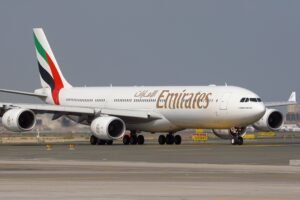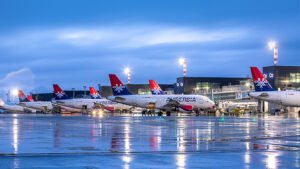Picture credits: Korean Air
Seoul: Korean Air introduced its updated corporate identity on March 11, 2025, unveiling a modernized deep blue Taegeuk symbol. The announcement took place at the airline’s headquarters hangar in Seoul during an exclusive event, “Rising Night,” attended by around 1,000 guests, including employees, industry leaders, and media.
A Modern Look with a Deep Blue Taegeuk
The airline’s iconic red, white, and blue “Taegeuk” symbol has been redesigned into a monochromatic dark blue version, aligning with minimalist branding trends. The fuselage now prominently displays “Korean” in a larger, modernized dark blue font, replacing the previous “Korean Air” inscription. The upper fuselage retains its signature sky-blue color but with a metallic effect for a more contemporary look..
New Aircraft Livery Debuts on Boeing 787-10
The airline also revealed a redesigned aircraft livery on a Boeing 787-10 (HL8515), featuring the latest Prestige Suites 2.0 cabin interiors. The updated design highlights a bold “KOREAN” logotype and a sleek flowing curve, replacing the traditional cheatline. While retaining its signature sky blue, the livery now incorporates metallic paint for a premium look.
Chairman Walter Cho’s Vision and Asiana Merger
Walter Cho, Chairman and CEO of Hanjin Group and Korean Air, emphasized the airline’s mission:”As a unified Korean Air, we aim to connect people, cultures, and the world through the skies. With industry-leading safety, enhanced customer experience, and open communication, we will build a stronger, more connected airline.”
Regarding the Asiana Airlines merger, he added: “With this integration, our role as Korea’s flagship carrier becomes even more significant. We will refine our strengths and unite cultures to create an unmatched airline experience.”
Korean Air finalized its $1.3 billion acquisition of a 63.88% stake in Asiana Airlines in December 2024, securing approvals from 14 global antitrust authorities, including the European Commission and the U.S. Department of Justice.
To address competition concerns, Korean Air agreed to divest certain Europe-bound routes to T’way Air and sell Asiana’s cargo business to Air Incheon for 470 billion won.
Initially, Asiana will operate as a subsidiary with an independent board, with full integration under the Korean Air brand planned by 2027. The merger makes Korean Air one of Asia’s largest carriers, potentially accounting for over half of South Korea’s passenger capacity and ranking as the world’s 12th-largest airline by international capacity.
First Logo Change in 41 Years
This marks the airline’s first brand update since 1984. The new identity will roll out gradually across aircraft, inflight services, and customer touchpoints. A proprietary typeface, iconography, and a Taegeuk-inspired 3D motif will enhance brand consistency across digital and physical platforms.

Picture credits: Korean Air
Upgraded Inflight Experience
Coinciding with the rebrand, Korean Air introduced enhanced inflight dining at the Grand Hyatt Incheon. In collaboration with Chef Seakyeong Kim, the airline curated fine-dining-inspired dishes featuring seasonal ingredients.
Premium-class passengers will enjoy enhanced dining with expanded amuse-bouche selections, upgraded main courses, and visually appealing desserts. New menu additions include octopus nurungji rice, beef brisket bibimbap, salmon bibimbap, and spicy stir-fried octopus.
First-class dining features Bernardaud china, Christofle cutlery, and Riedel glassware, while Prestige class will use Armani/Casa dishware. Premium-class amenity kits, designed with British luxury brand Graff, include skincare products and perfumes..
These upgrades debuted on March 12 across 10 major long-haul routes, including flights to New York, Paris, and London, with a full rollout by June.
As part of the integration strategy, Korean Air will merge its low-cost carrier (LCC) subsidiaries, including Jin Air, with Asiana’s budget airlines, Air Busan and Air Seoul, to create a single LCC entity. This move aims to streamline operations and enhance competitiveness in the regional market.
Stay tuned to Aviation Today for more such news.


